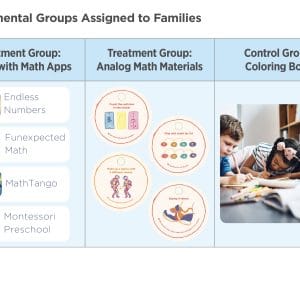Parents’ investments in their children are a key driver of kids’ long-run outcomes. Despite this, some parents invest heavily in their children, while others do not. In this paper, the authors examine the role of parents’ risk and ambiguity preferences in driving this variation, studying how parents’ tendency towards accepting risk and uncertainty affect their choices regarding early-childhood education and health investments.
The authors study this question using a sample of mothers in 495 villages in the district of Udaipur, in the State of Rajasthan, India. They begin by using methodology established in prior literature to elicit mothers’ ambiguity attitudes and risk aversion. The authors then compare these measures to mothers’ nutrition investments as well as to results from tests of children’s cognitive and noncognitive skills. They find the following:
- There is substantial variation in measures of mothers’ risk and ambiguity aversion.
- The more risk and ambiguity averse the mother, the greater her investments in her children’s nutrition, including giving essential milk food products and providing vegetables and fruits, juices, and liquids other than water. For the youngest children in the authors’ sample, the estimates of ambiguity and risk aversion positively predict months of breastfeeding.
- These investments are positively associated with children’s cognitive and non-cognitive development: mothers who exhibit higher levels of risk and ambiguity aversion tend to have children with stronger early-life skills. Notably, these relationships persist even after controlling for socio-economic differences. In fact, the beneficial effects of maternal risk and ambiguity aversion can partially offset disadvantages linked to factors such as maternal illiteracy, belonging to historically marginalized social groups, and lack of access to media or mobile phones for all measures of cognitive and non-cognitive early-life skills.
This study highlights the profound impact that maternal risk and ambiguity aversion can have on early childhood investments and subsequent developmental outcomes. By demonstrating that mothers who exhibit higher levels of these traits tend to invest more in their children’s nutrition, leading to enhanced cognitive and non-cognitive skills, the authors uncover a crucial mechanism for mitigating socio-economic disparities. These findings suggest that targeted support for at-risk populations could leverage these maternal tendencies to foster better outcomes for children, even in the face of socio-economic disadvantages. This result underscores the importance of considering individual preferences and beliefs in the design of public policies aimed at reducing inequality and promoting economic growth.












